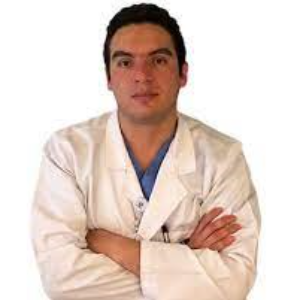Title : Real benefits of a minimal invasive cardiac surgery program in underserved patients, time to move on!
Abstract:
Our institution is an adult cardiac surgery department as part of a general hospital. The cardiovascular surgery program began on 2015, since then about 200 – 250 cases per year are performed. Our MICS program initiates on 2019 with 10% of the total cases, 70% on MICS techniques.
Most of our patients are UNDERSERVED POPULATION (70 to 85 %), and about 20 to 40% off them are under the line of poverty. We strongly believe that a MICS program is of crucial importance on the actual cardiac surgery practice, with a clear incalculable benefit on these individuals.
ICU stay: 1-2 days less compared to conventional.
Pain: 1st week: More on minithoracotomy.
3rd week and after: More on sternotomy.
Ministernotomy: No difference
Time to recovery: After the 3rd week / 1-month; patients are mostly on labor or common activities (90%).
THE PROGRAM – CURVE: MICS techniques are classically performed by “the” experienced surgeon, chief surgeon. We aim to develop ROUTINE MICS PROGRAMS (MIDCABG, MACABG, No touch aorta, multiarterial, Valve repair, valve replacement, ASD closure) with a learning curve by exposure and team training at all levels. At first learning to our “role models” colleagues.
From “easy to hard” cases we are continuously creating a strong program and a devoted team encouraging everyone in and outside of the operating room.
Operative time: Half after the 5th case (MIDCABG, MACABG)
On the first 10 cases the rate of conversion (complete thoracotomy, full sternotomy) is important (20%). Over the 20-30 cases: Choose the right case. We make patient and family feel informed about that option (3%).
COMPLICATIONS:” Take chances, make mistakes. That's how you grow” M. T. Moore (actress). Rate of infection: Less than 1% superficial (0% mediastinitis). Rate of bleeding: Less than 2% (1,3%). Mortality: 1,3% All cause. Renal failure (new dialysis): 2,6%. On a right case, with a right surgical team and adequate instruments: Everyone will see better!
CHALLENGES: Find people who like to develop same ideas (anesthesiologists, scrub nurses, surgeons, perfusionist, nurses, ICU specialists, assistants, administration personnel). Build a team with them and maintain it!
Backorders – Shortages – Budget – Instruments - Overcome the bad cases, bad days - non-MICS fans - Maintain volume, training, and continuous development - Progress to more complex cases.



